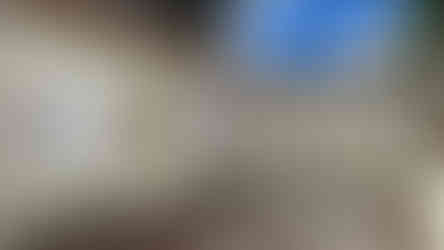Wheatpastes: Art Delivered by Mail
- Luiz Luz

- Sep 1, 2024
- 3 min read

The idea of organizing a call for wheatpastes to be sent by mail emerged shortly after the MUDDA’s inauguration. As we looked at the anthropic and post-anthropic world, we noticed that the centers of the walls were covered in spray paint and paint, now overgrown with fungus. Paper-based expressions were rare, found only in corners, fighting for space.
The MUDDA's battle to get the call noticed by some media outlets was also challenging: press releases, negotiations, conversations in message boxes, and suddenly, the envelopes started arriving. Here, it's important to highlight the role of Data Zero in this call; without the P.O. box service provided to MUDDA, we wouldn’t have received the wheatpastes.
It’s impressive what can arrive by mail. Out of the more than 350 wheatpastes we received, some singularities made us rethink:
This is the first time we've made a call for submissions by mail, aiming to create a gallery that honors another format, the wheatpaste.
The trust of 130 people in sending their works and anxiously awaiting what would be done with them. Indeed, we made a very broad call, with few criteria: we had only two, the submission deadline, and that any size and theme were accepted. Of course, we wouldn’t accept anything fascist.
What would we do with that volume of pasteable art? How would the collage be made? Would it be in the main building? All in one place, but what about the bomb? And the graffiti? There wasn’t much space left.
Cataloging... That was another challenge. How to record, control, and account for everything?
The surprise of opening a box filled with drawings and photographs, or cutouts, is wonderful. Each sheet of paper unwrapped from a bundle of so many others was a new surprise, a smile, a treat for the eyes. Some works touched us so deeply that we decided to highlight them individually.
For us at MUDDA, walking is important. And it was by walking through the complex of abandoned buildings that we sought to place the wheatpastes. Initially, it was in a dark bathroom, or above our heads. I thought, "There’s still space on the pillars," they could fit on the baseboards, but there was fungus. It’s better to keep walking. We found it! There, in the back, past the entrance, in a complex of shacks without windows or roofs, just walls. There, where Jurupiá made poetry.
Jardim Jurupiá
The artist Cássia Oliveira, during the museum's inauguration, signed what would soon become the Jardim Jurupiá gallery. There, we pasted over 300 works. A special corner, under a jatobá tree, on the walls of a shack without windows, where she wrote the brief phrase: "Those who don't sleep, don't dream."

I dreamed I was in a garden of the arts. I admit that pasting so many wheatpastes wasn’t a simple task. During this process, it’s essential to acknowledge those who were directly involved. My thanks to Tio Arte, Ana Paula Alcanfor, beta(m)xreis, Roberta Valentim, Glauco Gonçalves, and Henrique de la Fonte for contributing to this vast collage that resulted in such a diverse work.
Játombei! refers to the robust jatobá tree that fell during a heavy rainstorm. Located at the main entrance of the building designed by Gustav Ritter, the jatobá, poisoned, fell on Anhanguera Avenue before it could be officially protected. Interestingly, another jatobá stands within the complex of the former Celg/Seduce, offering shade in what could be considered our precious Jardim Jurupiá.
Issues Resolved
Intelligently, we tackled the challenges that arose. We registered all the envelopes and handles that were submitted. We documented the artworks, names, envelopes, and information such as location and postal codes in a system developed for MUDDA. We studied possible spaces for the collage, numbered the walls, pasted the works, and recorded the process. We gave prominent placement to the treasures we received, researched stories and characters, and on August 4, 2024, we delivered the proposed action.
Long live the Játombei! action! Long live the team of "muddeologists" at this unique multi-species museum.
















Comments